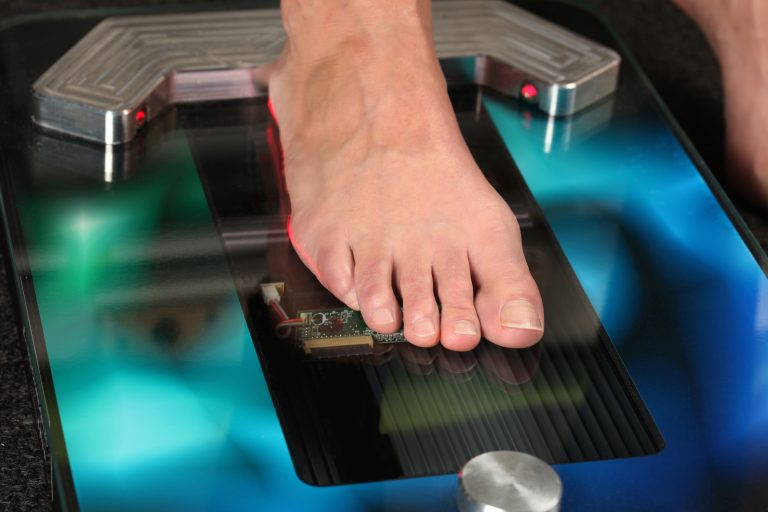The process of gathering information for the 3D orthoses is vital because it enables the orthotist-prosthetist to create a model that is exact, effective, and completely tailored to the patient’s foot, circumstances, and characteristics. Let us examine the information collection procedure and its benefits for the patient as well as the medical expert who designs the orthosis.
The process of gathering information for the creation of 3D orthoses
Information gathering for the 3D orthoses is the initial stage in the design process. The orthotist and the health professional work closely together to determine the type of support and the shape needed for the patient’s problem (fasciitis, hallux valgus, etc.).
The orthotist will evaluate the foot’s shape and conduct an examination of the three-foot support points once the foot care specialist has established a diagnosis. The orthotist can create the orthoses in accordance with the prescription requirements once all the pertinent information has been gathered. The benefit of 3D in this situation is that it may provide an extremely accurate, straightforward, and speedy impression through a completely automated procedure.
The many benefits of thorough information gathering
Reduced risk of error
The information provided by 3D scanning is collected with unprecedented precision. The orthotist or podiatrist will utilize a sensor specialized in spatial recognition to get measurements to the closest millimeter following the doctor’s diagnosis. The data will then be retrieved and analyzed, and the precise shape of the foot will be digitally recreated using a particular program. As a result, it leads to clear time savings, a significantly lower risk of error, an orthosis created specifically for the patient’s morphology, and therefore a greater degree of patient satisfaction.
A better fit of the orthoses
By acquiring accurate data for the 3D orthoses, the digital custom molding will enable a faster fit and improved comfort. This kind of orthosis will function as additional skin. The foot, knees, and back will benefit from a considerable decrease in pain, improved comfort, and successful treatment as a result. The personalized accuracy, durability, and superb support of 3D orthoses offer a world of options for those looking to better their athletic performance, which is another benefit worth noting.
Longer life for your orthoses
The fact that the information gathered for the 3D orthoses is so precise and that the materials are of the highest quality means that this type of device lasts longer than conventional models. The 3D orthoses are therefore designed to last longer than the conventional models (5 to 10 years instead of 1 to 5 years) – increased longevity that obviously does not prevent wear and tear. For this reason, patients must regularly maintain their orthoses.
Effective information gathering impacts how often maintenance follow-ups must be conducted
Information gathering for the 3D orthoses is not just for design purposes. Determining the frequency of maintenance follow-ups also benefits from having the most precise data possible. In fact the patient will need to contact the foot care specialist on a more or less regular basis, depending on the pathology from which they suffer. With the use of 3D orthoses, we will be able to monitor the patient’s status over time and determine whether or not the situation is improving. The orthotist can make additional adjustments if they are needed. Therefore, a follow-up schedule should be established with the medical expert.
Choose 3D orthoses for their unmatched accuracy
For 3D orthoses to be of the greatest quality and be able to correct and support the foot in the best possible ways over an extended length of time, precise information gathering is a necessary step. The patient’s healing depends heavily on knowing every aspect of their disease.
Are you interested in 3D orthoses? Get in touch with us to find out more about how we make our orthoses, including how we take impressions.
